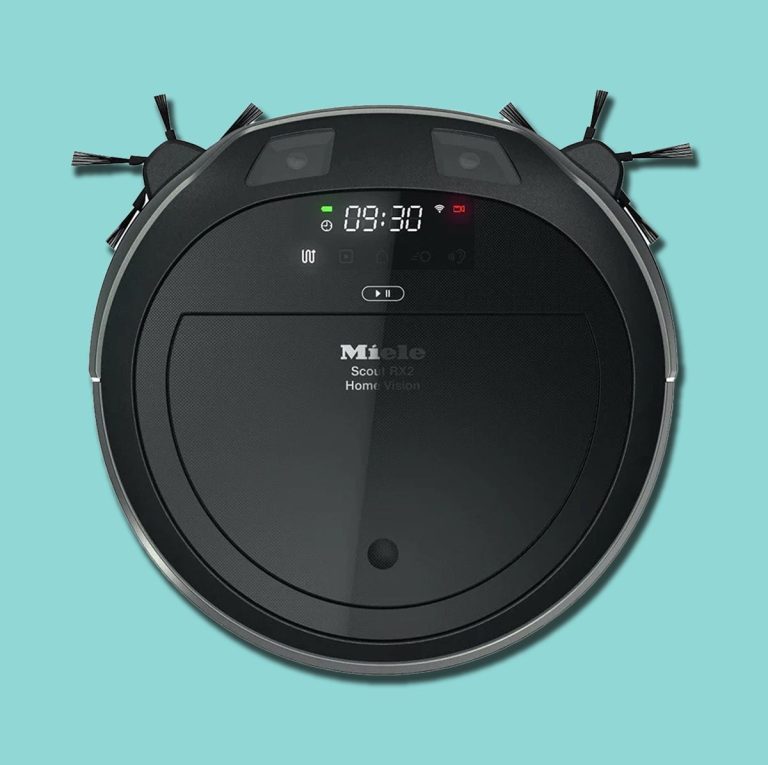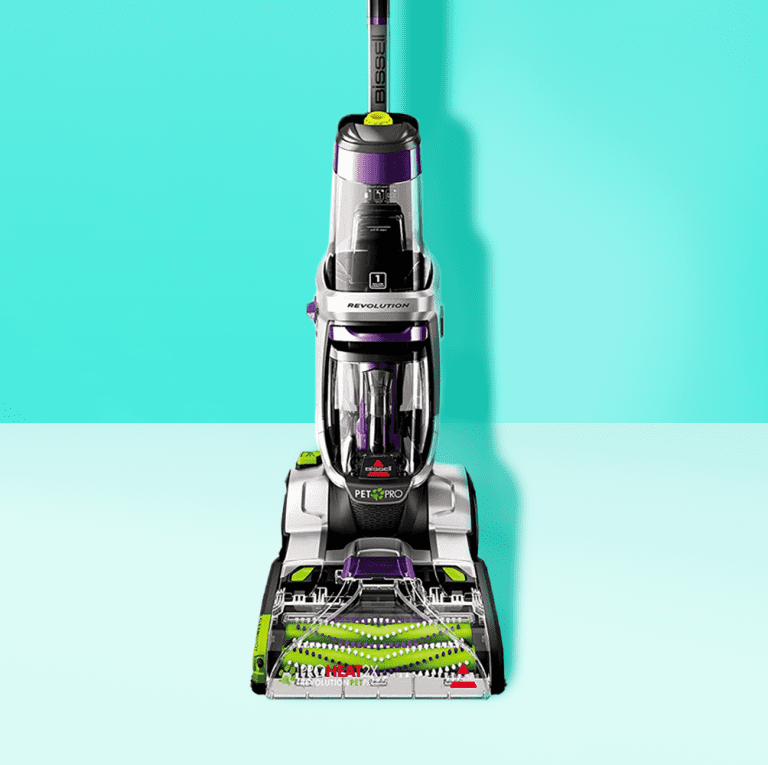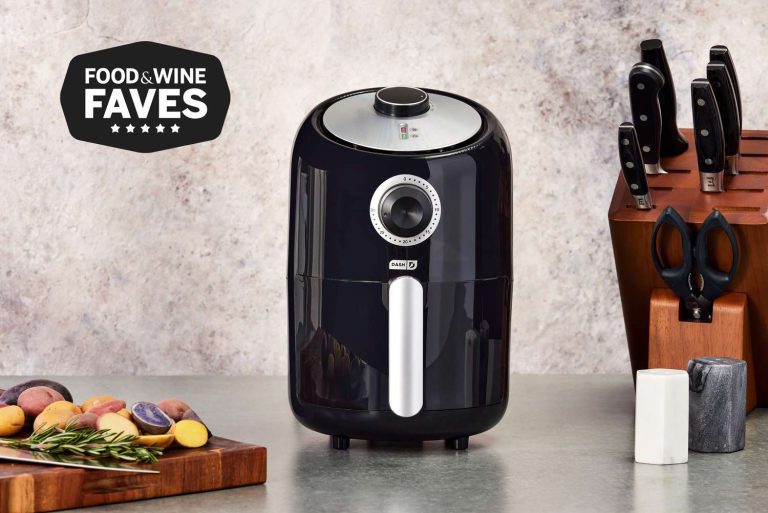What is a Good Suction Power for Robot Vacuum Cleaner?
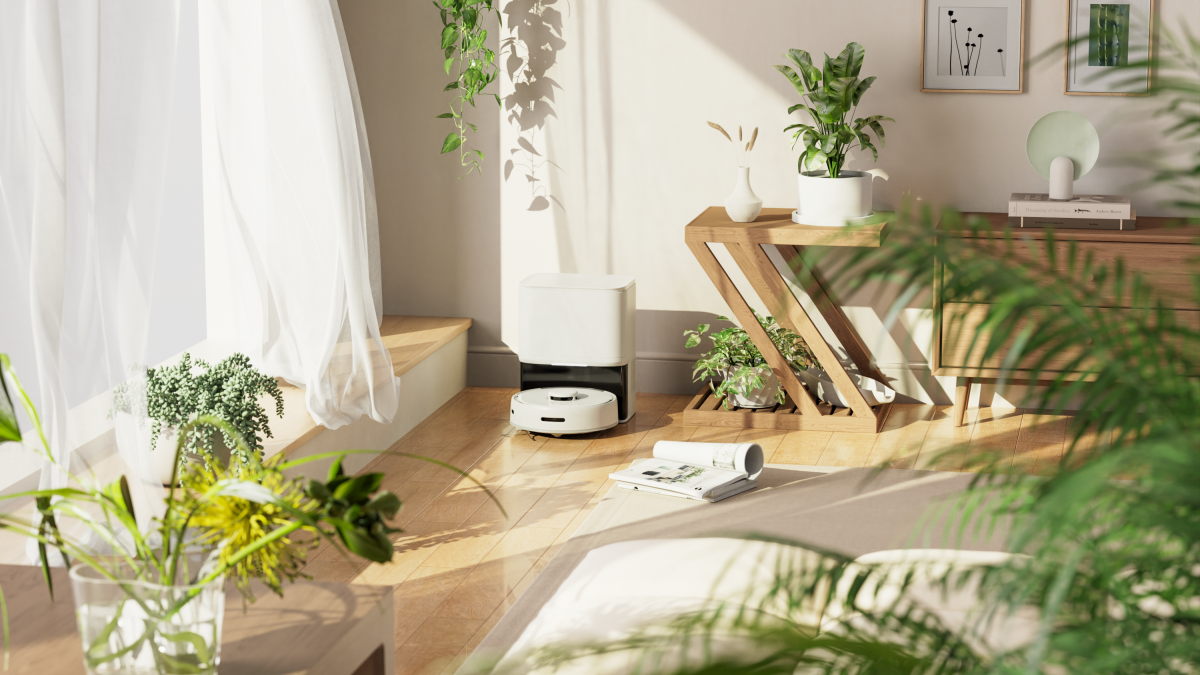
A good suction power for a robot vacuum cleaner ranges between 1500 Pa and 2500 Pa. Higher suction power ensures better cleaning efficiency. Choosing the right suction power for a robot vacuum cleaner is crucial.
Suction power determines how effectively the device can pick up dirt, dust, and debris. Robot vacuums with higher suction power can clean carpets and hard floors more thoroughly. Most modern robot vacuums offer adjustable suction settings, allowing users to tailor the power based on their cleaning needs.
While higher suction power can improve cleaning performance, it may also impact battery life. Therefore, finding a balance between suction power and battery efficiency is essential. Investing in a robot vacuum with optimal suction power ensures a cleaner home with minimal effort.
The Importance Of Suction Power In Robot Vacuums
Choosing a robot vacuum can be tricky. One key feature to consider is suction power. Suction power greatly impacts how well your vacuum cleans.
Determining Cleaning Efficiency
Suction power directly affects cleaning efficiency. More suction means better dirt and debris removal. A vacuum with strong suction can clean carpets better. It also picks up pet hair more effectively.
Consider a vacuum with at least 1500 Pa suction power. This ensures it handles everyday messes well. For homes with pets or kids, higher suction power is recommended.
Impact On Vacuum Performance
Strong suction power impacts overall vacuum performance. It helps the vacuum clean faster and more thoroughly. A powerful vacuum can also reach deeper into carpets and rugs.
Here’s a simple table showing different suction power levels and their cleaning effectiveness:
| Suction Power (Pa) | Cleaning Effectiveness |
|---|---|
| 1000-1500 Pa | Basic cleaning, suitable for hard floors |
| 1500-2000 Pa | Good for carpets and pet hair |
| 2000+ Pa | Excellent for deep cleaning |
Higher suction power can also help in reaching tight corners. It ensures every part of your home stays clean. This is crucial for maintaining a dust-free environment.

Credit: robotmylife.com.au
Measuring Suction Power
Understanding suction power is crucial for choosing a robot vacuum cleaner. This guide breaks down how suction power is measured and common misconceptions. Knowing these details can help you make an informed decision.
Units Of Measurement
Suction power is typically measured in Pascals (Pa). This unit measures the pressure exerted by the vacuum. Higher Pascals mean stronger suction. For robot vacuums, a range of 1500-3000 Pa is common. Some high-end models go up to 4000 Pa.
Another unit used is Air Watts (AW). This measures the amount of power used to move air. It’s less common for robot vacuums but still useful. A higher Air Watt rating means better suction performance.
| Unit | Description | Common Range |
|---|---|---|
| Pascals (Pa) | Measures pressure exerted by the vacuum | 1500-3000 Pa |
| Air Watts (AW) | Measures power used to move air | Not commonly specified |
Common Misconceptions
Many people think higher suction power is always better. This is not entirely true. High suction can drain the battery faster. It can also be unnecessary for hard floors.
Another misconception is that suction power is the only factor. Filtration, brush design, and navigation also matter. A well-rounded vacuum with moderate suction can outperform a high-suction model.
Lastly, some believe all robot vacuums have weak suction. Modern models have significantly improved. They now offer competitive suction power comparable to traditional vacuums.
- Higher suction is not always better.
- Other factors like filtration and brush design matter too.
- Modern robot vacuums have strong suction power.
Understanding these points can help you pick the right vacuum. Choose a model that balances suction with other features. This ensures optimal cleaning performance and battery life.
Factors Affecting Suction Power
Understanding what makes a robot vacuum cleaner effective is crucial. Suction power is one of the key features to consider. Different factors influence suction power in robot vacuums. Below, we explore these factors to help you make an informed decision.
Battery Life
The battery life of a robot vacuum cleaner directly affects its suction power. A stronger battery can provide more energy, resulting in better suction performance. Longer battery life allows the vacuum to clean larger areas without needing a recharge.
- High-capacity batteries give better suction power.
- Long-lasting batteries help the vacuum cover more ground.
- Short battery life can limit cleaning efficiency.
Brush Types
The type of brushes used in a robot vacuum also impacts suction power. Different brush types can affect how well the vacuum picks up dirt and debris.
| Brush Type | Effect on Suction |
|---|---|
| Rotating Brushes | Improves debris pickup |
| Side Brushes | Helps in corner cleaning |
| Rubber Brushes | Works well on pet hair |
Vacuum Motor
The vacuum motor is the heart of the robot vacuum cleaner. A powerful motor ensures better suction power. The motor’s strength determines how effectively the vacuum can clean different surfaces.
- Strong motors offer better suction.
- Weak motors may struggle on carpets.
- Quality motors ensure long-lasting performance.
Choosing the right robot vacuum cleaner involves considering these factors. This will help you find a vacuum with good suction power to meet your cleaning needs.
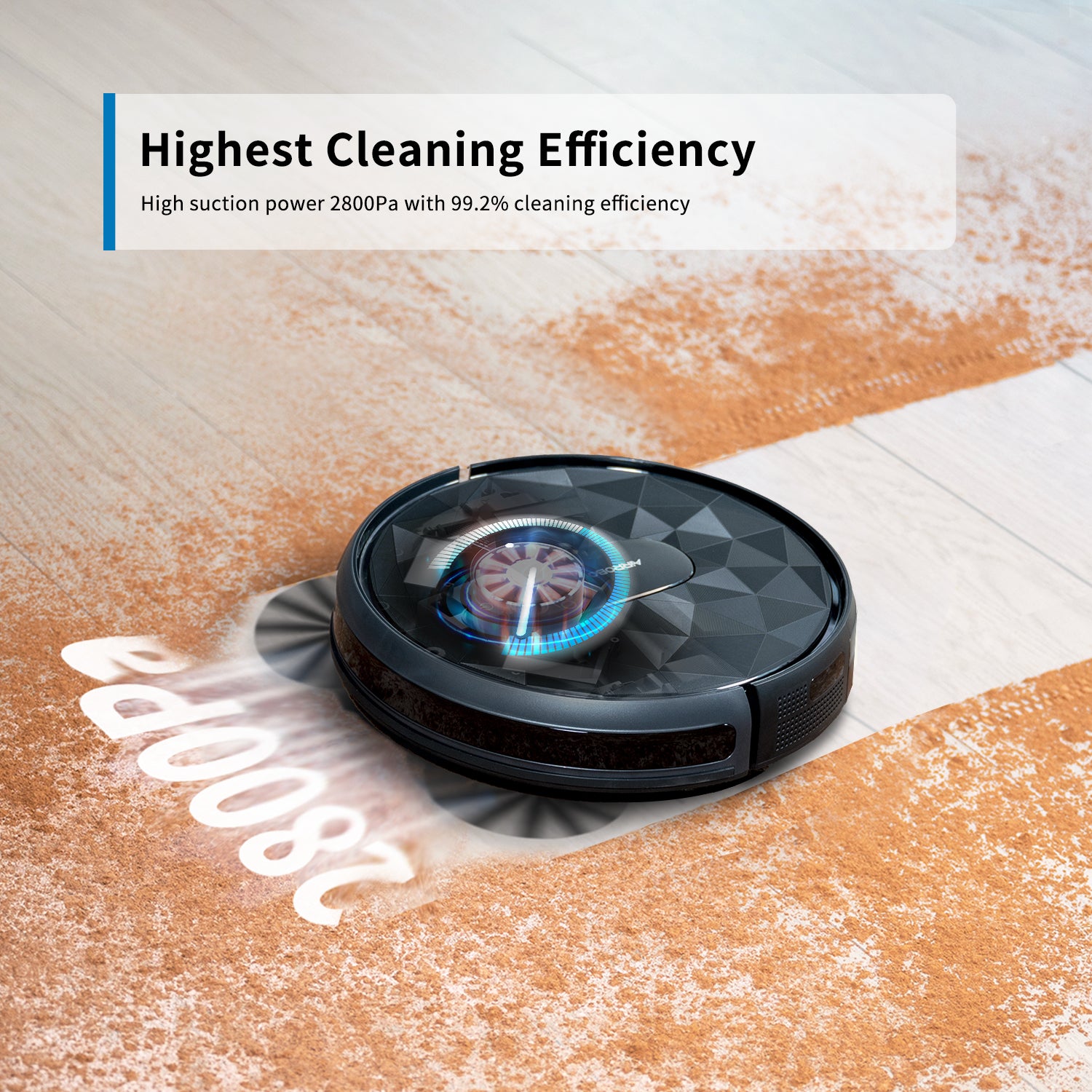
Credit: us.air-robo.com
Ideal Suction Power For Different Floor Types
Choosing the right suction power for your robot vacuum cleaner is crucial. Different floor types need different suction levels for effective cleaning. Understanding these needs ensures you pick the best vacuum for your home.
Hardwood And Tile
Hardwood and tile floors need less suction power. These surfaces are smooth and do not trap dirt deeply. A robot vacuum with 800 to 1,200 Pa is ideal. This range effectively picks up dust and small debris without damaging the floor.
- Lightweight dirt and dust
- Pet hair
- Small debris
Carpets And Rugs
Carpets and rugs require higher suction power. Dirt and debris get trapped within the fibers. For these surfaces, a vacuum with 1,500 to 2,000 Pa works best. This range ensures deep cleaning and removal of embedded dirt.
- Deep-seated dirt
- Pet hair
- Food crumbs
Mixed Flooring Environments
A home with mixed flooring needs versatile suction power. A robot vacuum with adjustable suction settings is ideal. Look for models offering 800 to 2,000 Pa. This range ensures the vacuum adapts to different surfaces seamlessly.
| Floor Type | Recommended Suction Power (Pa) |
|---|---|
| Hardwood and Tile | 800 – 1,200 Pa |
| Carpets and Rugs | 1,500 – 2,000 Pa |
| Mixed Flooring | 800 – 2,000 Pa |
Choosing the right suction power ensures your floors stay clean and damage-free. Always consider your floor type when selecting a robot vacuum cleaner.
Comparing Suction Power Across Brands
Understanding suction power is vital when choosing a robot vacuum. Different brands offer varying levels of suction power. This section will help you compare suction power across top brands.
Top Industry Players
Top brands like iRobot, Dyson, and Samsung dominate the market. They offer high suction power and advanced features.
| Brand | Model | Suction Power (Pa) |
|---|---|---|
| iRobot | Roomba S9+ | 2200 Pa |
| Dyson | 360 Heurist | 2500 Pa |
| Samsung | Powerbot R9350 | 2500 Pa |
These brands provide powerful suction for deep cleaning. You can rely on them for thorough dust and dirt removal.
Budget Vs. Premium Models
Budget models often have lower suction power. Premium models offer stronger suction and more features.
- Budget Models: Typically have suction power around 1000-1500 Pa.
- Premium Models: Suction power can range from 2000-3000 Pa.
Budget models are suitable for light cleaning. Premium models handle heavy-duty cleaning tasks.
If you need a powerful vacuum, consider investing in a premium model. They ensure better performance and advanced features.
Enhancements In Robot Vacuum Suction Technology
Robot vacuum cleaners have revolutionized home cleaning. Enhancements in robot vacuum suction technology have made these devices more efficient. They now offer improved performance, especially for homes with pets and children. This section explores the latest advancements in this technology.
Innovations In Design
Modern robot vacuums come with innovative designs that maximize suction power. These designs include:
- Brushless Motors: These motors provide stronger suction and last longer.
- Dual Brush Systems: Two brushes work together to lift dirt more effectively.
- Low-Profile Designs: Slim designs allow the vacuum to reach under furniture easily.
The combination of these features ensures efficient cleaning on all surfaces. They contribute to better dirt and debris pickup.
Smart Features For Improved Suction
Robot vacuums now come with smart features that enhance suction power. These features include:
- Adaptive Suction: Adjusts suction power based on floor type.
- Dust Detection: Sensors detect high dirt areas and increase suction.
- Mapping Technology: Maps your home for more efficient cleaning paths.
These smart features ensure the vacuum uses optimal suction for different cleaning scenarios. This maximizes efficiency and battery life.
To summarize, enhancements in robot vacuum suction technology make these devices more effective. Innovations in design and smart features have significantly improved their performance.
Maintaining Optimal Suction Power
Maintaining optimal suction power for your robot vacuum cleaner is key. It ensures efficient cleaning and prolongs the device’s lifespan. Following routine maintenance and troubleshooting common issues can help keep your robot vacuum performing at its best.
Routine Maintenance Tips
- Empty the Dustbin Regularly: A full dustbin reduces suction power. Make sure to empty it after every use.
- Clean the Filters: Dirty filters can block airflow. Clean or replace them as per the manufacturer’s guidelines.
- Check for Clogs: Debris can clog the brushes and suction paths. Inspect and remove any blockages.
- Inspect the Brushes: Tangles in brushes can impact suction. Clean the brushes and remove any hair or strings.
Troubleshooting Common Issues
If your robot vacuum loses suction power, try these steps:
- Check the Battery: Low battery can affect suction. Charge the battery fully.
- Examine the Wheels: Wheels stuck in debris can reduce movement. Clean the wheels to ensure free movement.
- Look for Obstructions: Check all suction paths and remove any visible obstructions.
- Reset the Device: Sometimes a reset can resolve minor software glitches. Follow the manufacturer’s instructions for a reset.
| Maintenance Task | Frequency |
|---|---|
| Empty Dustbin | After Every Use |
| Clean Filters | Weekly |
| Check for Clogs | Weekly |
| Inspect Brushes | Weekly |
Choosing The Right Robot Vacuum
Choosing the right robot vacuum can be challenging. You need to consider the suction power. Suction power determines how well the vacuum can pick up dirt. This guide will help you understand what to look for in a robot vacuum cleaner.
Assessing Your Cleaning Needs
First, think about your home. Do you have mostly carpets or hard floors? Carpeted homes need stronger suction. Hard floors can get by with less power. Do you have pets? Pet hair requires more suction. Consider the size of your home. Bigger homes might need a vacuum with longer battery life.
- Carpets: Stronger suction needed
- Hard floors: Moderate suction is enough
- Pets: Higher suction to pick up hair
- Large homes: Longer battery life
Reading Specifications And Reviews
Check the vacuum’s suction power in the specifications. Suction power is measured in Pascals (Pa). A good robot vacuum should have at least 1500 Pa. Some high-end models offer up to 2000 Pa or more. Read customer reviews to see real-world performance. Look for reviews mentioning suction power and battery life.
| Feature | Recommended Value |
|---|---|
| Suction Power | 1500 Pa or more |
| Battery Life | At least 90 minutes |
Customer reviews can be very telling. Users often share their experiences. Look for reviews that talk about suction power. Reviews mentioning pet hair and carpets are very helpful.

Credit: www.amazon.com
Frequently Asked Questions
What Is Ideal Suction Power For Robot Vacuums?
Ideal suction power ranges from 1500 to 2500 Pa. This ensures effective cleaning on various surfaces, including carpets and hardwood.
Does Higher Suction Power Mean Better Cleaning?
Higher suction power generally means better cleaning. It helps pick up more dirt, dust, and pet hair, especially on carpets.
Can Suction Power Affect Battery Life?
Yes, higher suction power can drain the battery faster. Many models balance suction power and battery efficiency for optimal performance.
How To Measure Suction Power In Robot Vacuums?
Suction power is measured in Pascals (Pa). Check the product specifications to compare suction power among different robot vacuum models.
Conclusion
Choosing the right suction power for your robot vacuum cleaner ensures optimal cleaning performance. A balance between high suction and battery life is crucial. Consider your home’s flooring type and pet situation. Investing in a robot vacuum with adjustable suction settings offers flexibility and efficiency.

